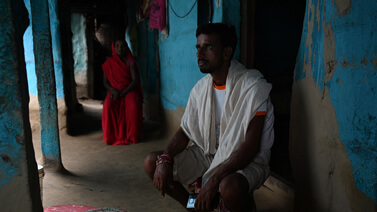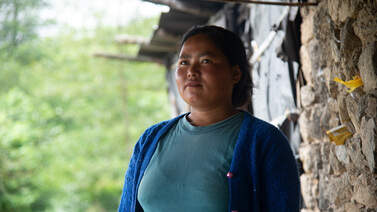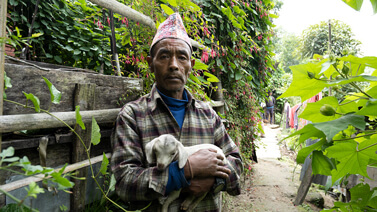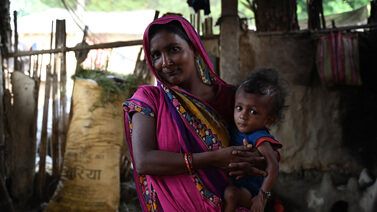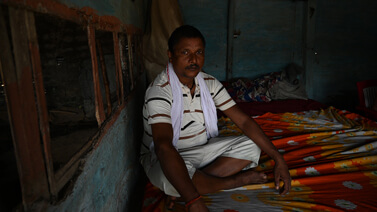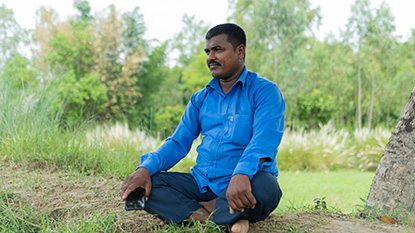Not so long ago, scarcity of water was the main problem of our place. Although we still do not get sufficient water, we are hopeful. We have started conserving our water sources and we are starting to see the changes. We believe that soon we will have abundant water to drink, clean, and irrigate.
I did not know about the ways of preserving water nor did I know about its effects. It was only after ICIMOD (International Centre for Integrated Mountain Development) provided training to the community that we understood what it really meant and how impactful it could be. We learnt that water could be preserved by digging trenches and building recharge ponds around these hills. These recharge ponds also keep the soil fertile; they allow shrubs and trees to flourish, which in turn, enriches the water sources. During monsoon, water is not a problem, but when the season is dry, these recharge ponds truly come into play.
For the longevity of the recharge ponds, we clean them regularly and have planted trees around them. These trees help to maintain moisture and increase the level of the water source. Besides, the fodder from the trees are given to our cattle. In the past, we relied on a small well from which we would draw water. But now, the water is collected in a tank from which we fetch it.
Today, every house has access to water because we have started preserving and conserving it. My radishes and cauliflowers are growing well because they receive enough water. Earlier, we could not irrigate our crops regularly due to the scarcity of water and dried-up water sources, but now that is not the case. From December–February when the season is dry, the water we have preserved comes to use. We now see the direct effects of maintaining these recharge ponds and taking care of our water sources. All of us are happy that our work is yielding positive results.’
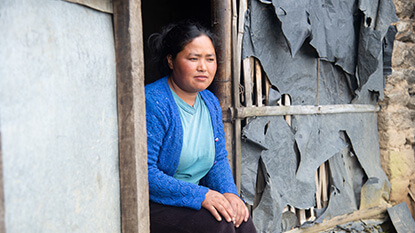
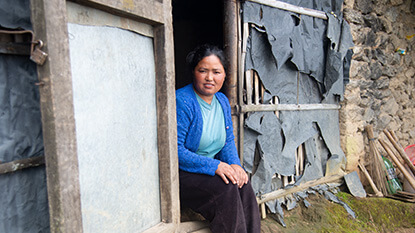
Let us take case of the villagers of Kabilasa on the banks of the Ratu River. Earlier, there was no flooding there and the villagers felt safe. But now, the river has eroded hundreds of acres of land and rendered the earth barren and full of sand. My own neighbours have lost at least seven–eight hectares of farmland. The river now flows on land that was once cultivable. It is evident that every year the river is in spate. And every year because of the river, people are becoming landless and homeless.
No active measures have been taken by the local government to prevent this loss. But upon persistent requests from myself and other locals, the authorities have invested 60 lakh (Nepali) rupees for the construction of embankments in certain flood-prone places.
It is very clear to us that the major problem of our village is floods. If the embankments are strong and well maintained, it would solve most of our problems. I feel once these embankments are completed, we should form a committee to monitor them regularly.
Every time there is a flood, we see relief items arriving in trucks, but these last only for a week. Of course, it helps, but that is not the larger solution to our problems. What we need are policies that address the problems caused by climate and floods. What we need is assurance that our lives also have value and we will be protected when such disasters occur.
The CBFEWS is definitely a positive step. It buys us time. If we receive information two–three hours before the floodwaters enter the villages, we can then hurry and move to safer ground. We can then wake up our toddlers, carry our parents, and gather our belongings and transport them where the waters won’t reach.


